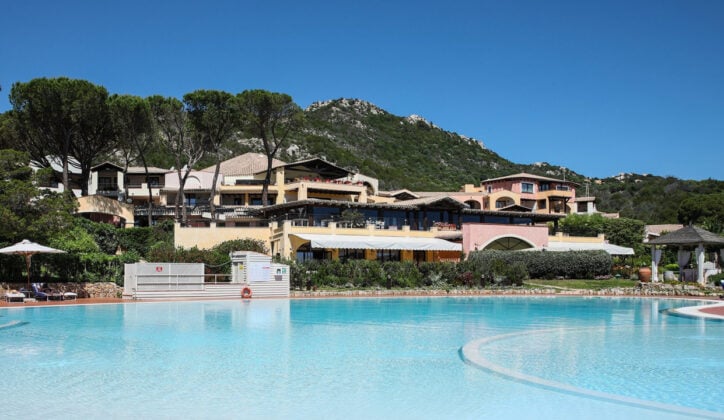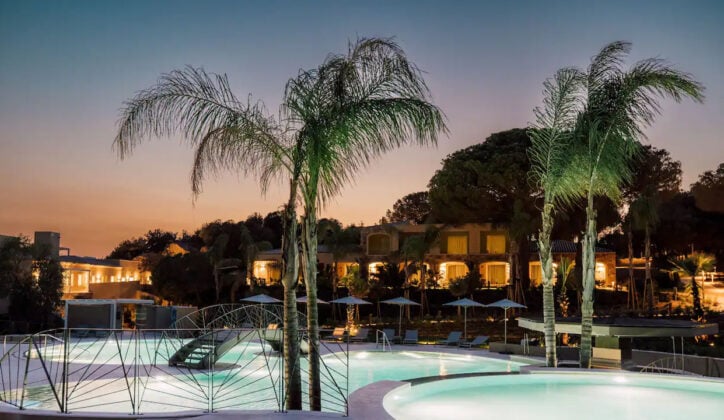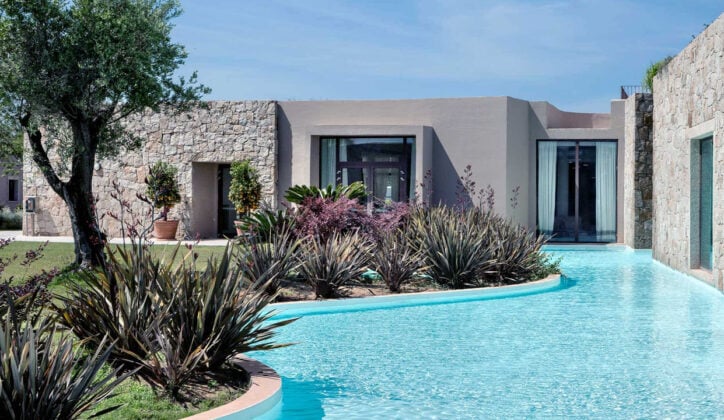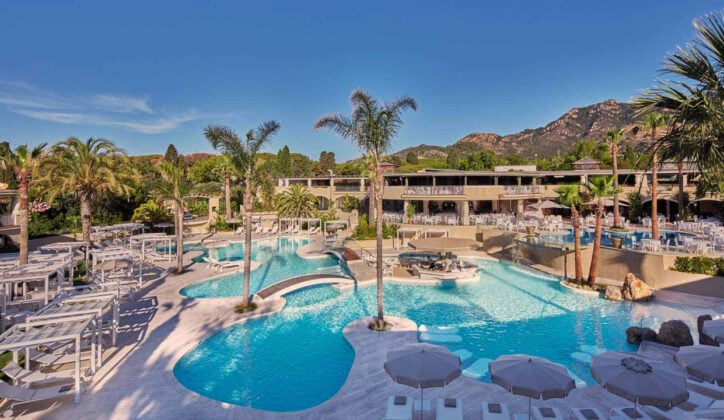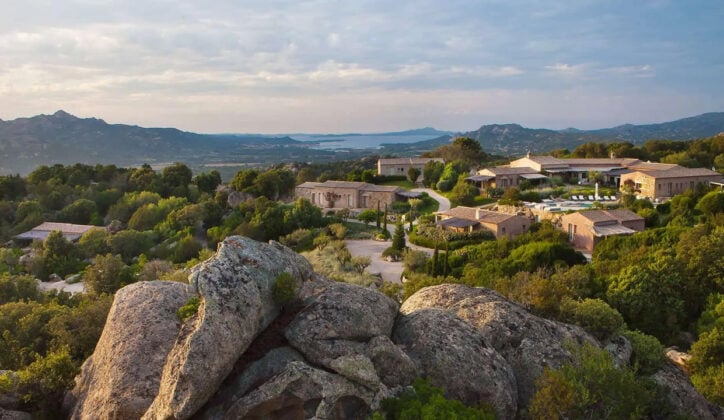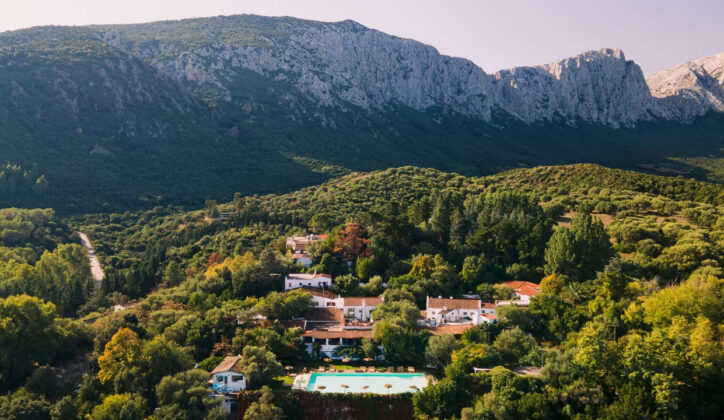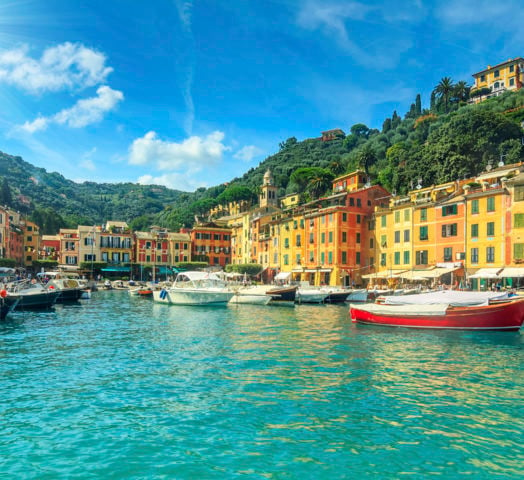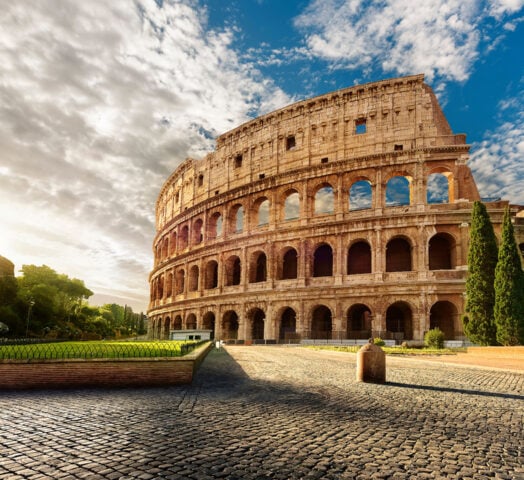Relax on blissful beaches and explore the rugged interior
With exquisite beaches lapped by crystal-clear waters, stunning scenery and its own unique identity – Sardinia is the second largest island in the Mediterranean. The people who call it home are fiercely proud of their idyllic slice of paradise.
With nearly 2,000km of coastline, Sardinia’s main draw is its beaches. Discover sparkling turquoise seas from the Golfo di Orosei in the east and Costa Verde in the west, to the southern Costa del Sud and Stintino in the north. The Emerald Coast is the playground of the rich and famous and undeniably beautiful, but Sardinia boasts everything from rocky coves and secluded bays to long stretches of white sand.
If you can drag yourself away from the coast, the island’s rugged interior is also well worth exploring. Hike through thick forests and mountain ranges and explore karst springs, valleys, caves and canyons. Sardinia’s three national parks – Gennargentu, Asinara and the Maddalena Archipelago – are ripe for exploring. Asinara is names after the resident albino donkeys and features a string of abandoned buildings, once part of the island’s notorious prison.
Sardinia’s central Mediterranean position means it was never left alone for long and the island is a tapestry of Roman and Carthanginian ruins, Genoan fortresses, Pisan churches and impressive Gothic and Spanish baroque architecture. DH Lawrence once likened the capital, Cagliari, to Jerusalem, saying it was ‘strange and rather wonderful, not a bit like Italy’. The pretty town of Alghero has a distinct Catalan flavour, its narrow lanes given both Italian and Catalan names.
Evidence of Sardinia’s ancient Nuraghic culture can be seen, with some 7,000 Nuraghi stone towers scattered across the landscape. With everything from fairy houses to tombs of the giants, they add to this island’s enigmatic and mysterious past.
Highlights
Take an invigorating hike through the granite Gallura Mountains and forests together with an experienced guide
Explore the enchanting Lainaitto Valley, stopping at Su Gologone spring and the Nuraghic villages of Tiscali and Sos Carros
Spend a day exploring the culinary traditions and rich heritage of Sardinia and master the arts of pasta and wine making at a Gallura farmhouse
Take an enthralling journey into the Zuddas Caves to see the exquisite aragonite concretions known as “cave flowers”.

Melania Siriu
Senior Travel Designer
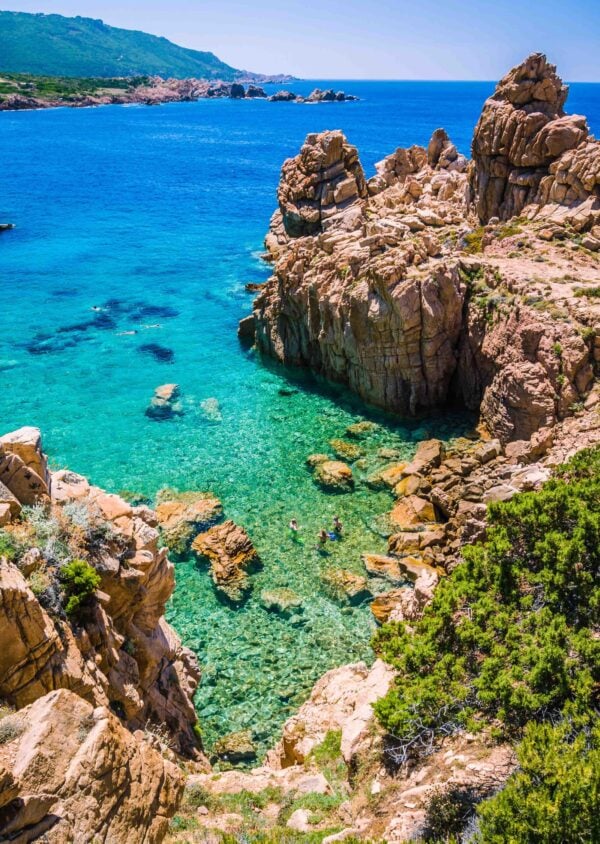
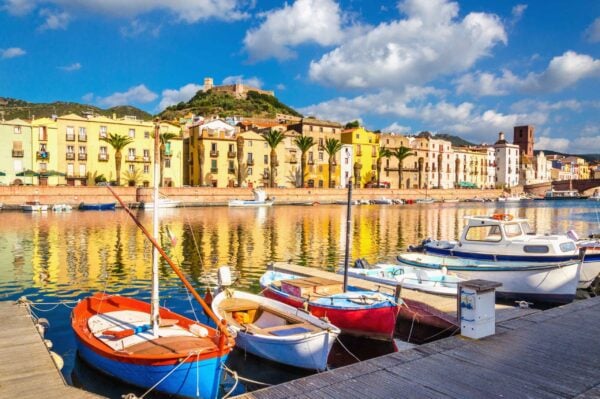

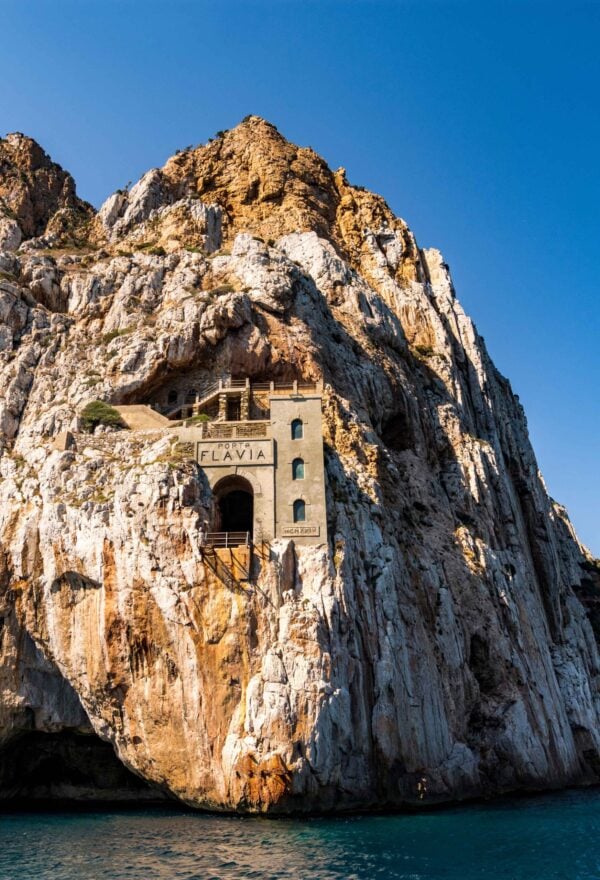
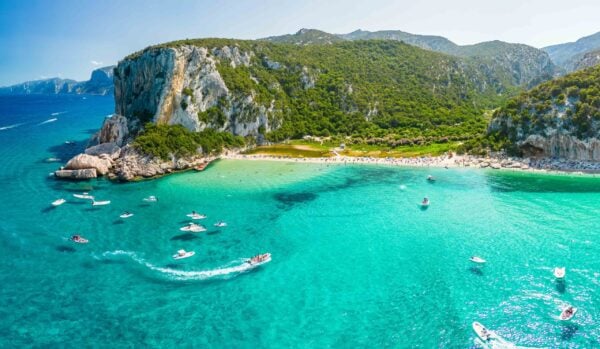
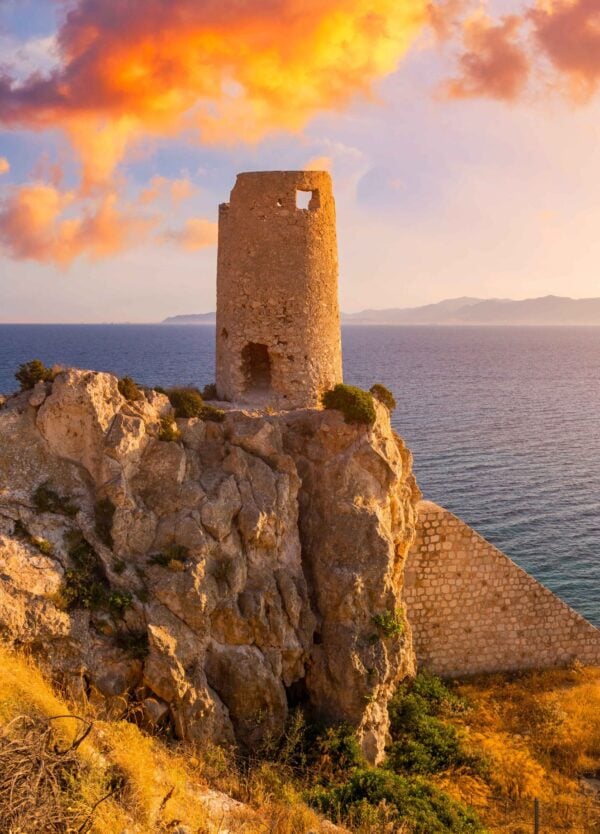
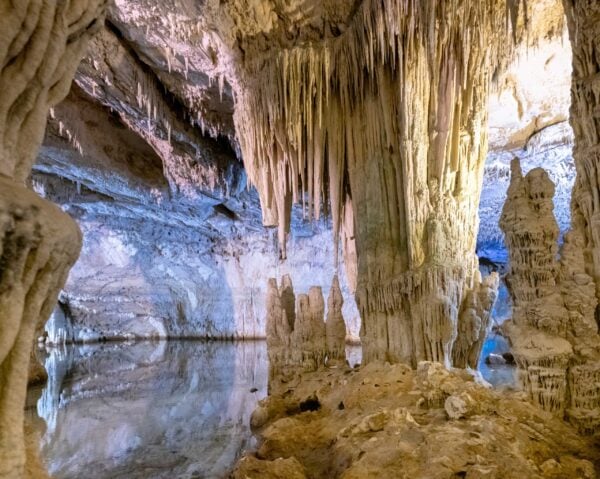
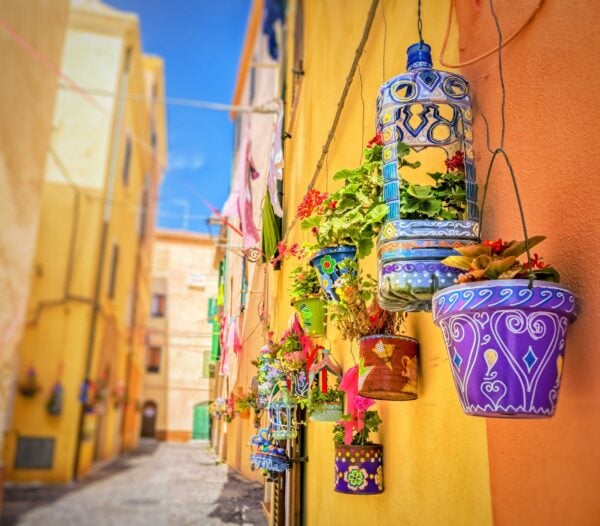
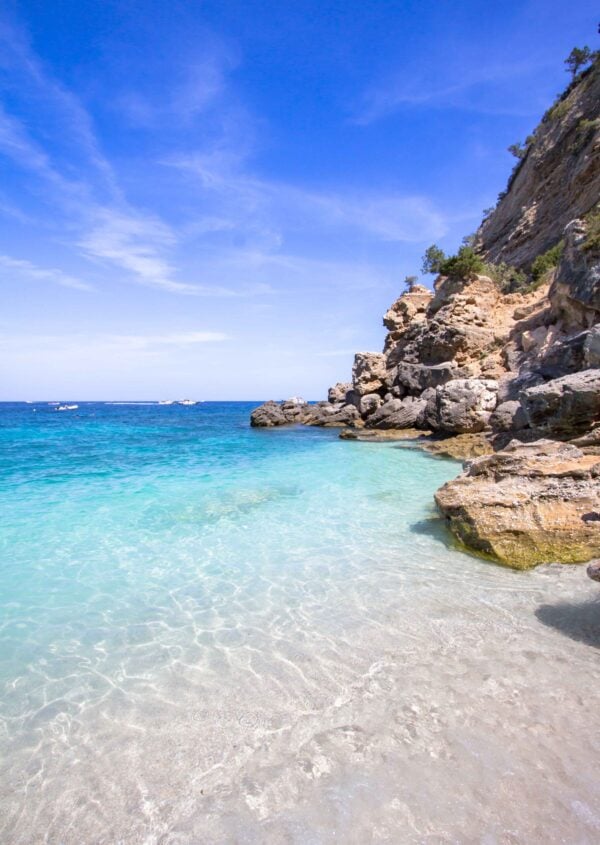
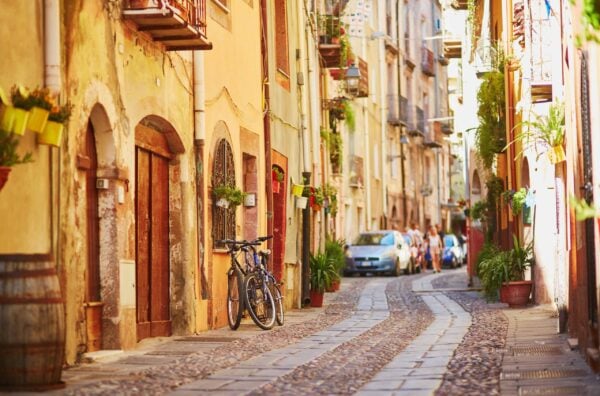
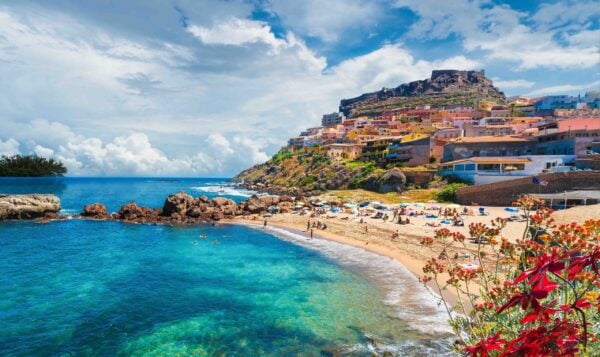
Time spent in Sardinia is all about soaking up the sun on pristine beaches, exploring the rugged landscape on scenic hikes, delving into the island's heritage and, of course, sampling all its culinary delights. It makes for an unforgettable Mediterranean escape.

Melania Siriu
Senior Travel Designer
Luxury accommodation in Sardinia
Why book with Jacada?

Personalised design
We’ll plan your trip around your specific interests, tastes and preferences, providing helpful tips and honest advice based on first-hand knowledge of the destination.

Authentic experiences
Our expert guides and brilliant travel concierges are hand-picked to provide a genuine experience, bringing your destination to life with care and passion.

Responsible travel
Our luxury trips are designed with responsible travel principles that prioritise travel experiences that are both good for you and good for the planet.
Trip inspiration
Whatever you want from your Sardinia tour, our team of expert travel designers are ready to help.
Discover more of Italy
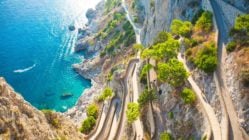
Capri
This is the island that charmed both Roman Emperors Augustus and Tiberius, America’s Hollywood darlings and this century’s international jet set.
Discover more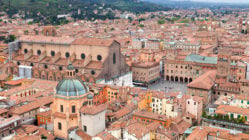
Emilia Romagna
Home to pretty coastal towns, elegant cities and is considered by many to be the country’s foodie capital.
Discover more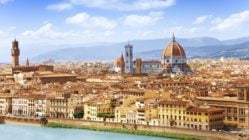
Florence
Surrounded by rolling Tuscan hills, the beautiful city of Florence is one of Europe’s most enchanting and historically influential cities.
Discover more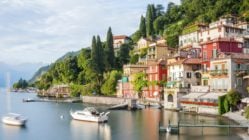
Lake Como
Picturesque towns and grand villas are scattered around the lake and exploring them is easy thanks to the ferry service.
Discover more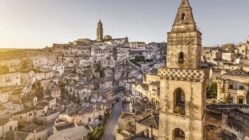
Matera
Matera is the jewel in Basilicata’s crown, a jumble of houses and churches perched on a plateau with deep canyons either side.
Discover more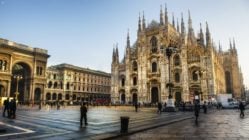
Milan
Milan is Italy’s financial and industrial heart, a thoroughly modern European city with a great history not far under the surface.
Discover more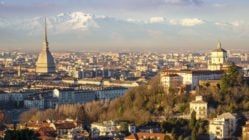
Piedmont
Nestled in the north west of the country and fringed by the French and Swiss Alps, Piedmont is one of Italy‘s most naturally beautiful regions.
Discover more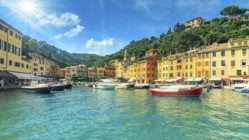
Portofino and Cinque Terre
Portofino, perched on its own peninsular, is Liguria’s glamorous heart and one of the most perfect fishing ports in the Mediterranean.
Discover more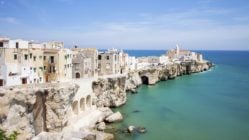
Puglia
Puglia feels very different to the rest of the country and is the perfect place for those looking to get off the beaten track.
Discover more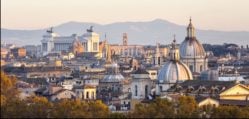
Rome
Unmatched heritage blends across the ages to make a stroll through Rome endlessly surprising.
Discover more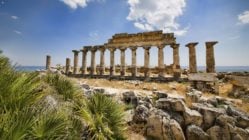
Sicily
Sicily has long been a melting pot of Mediterranean culture, a ruggedly beautiful island surrounded by sparkling seas.
Discover more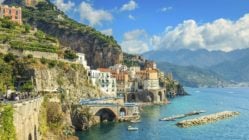
The Amalfi Coast
Draped along the cliffs on the southern side of the Sorrento Peninsula, between Salerno and the city of Sorrento, the Amalfi Coast is dramatic and glamorous.
Discover more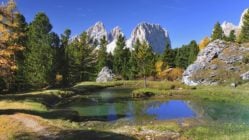
The Dolomites and the Alps
Soaring peaks, tooth-like crags and lush verdant slopes, the Dolomites are some of Italy’s most dramatic scenery.
Discover more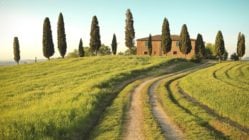
Tuscany
Tuscany has long drawn enamoured visitors, each after culture, wine, fine food and tangible history.
Discover more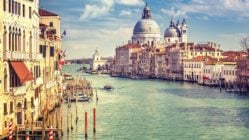
Venice
An extraordinary architectural masterpiece in which even the smallest building may contain works by some of Europe's greatest artists.
Discover more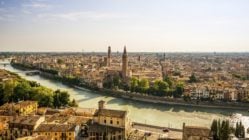
Verona
In the historical centre, modestly grand piazzas and a maze of streets are dotted with quietly humming cafes, artisan shops and high couture boutiques.
Discover moreMeet your Europe team
When to visit
Italy is a year-round destination. Summers can get very hot and crowds do swell, so spring and early autumn are great times to visit. The sun is still shining and it’s much more pleasant to explore the cities once the intense summer heat has subsided.

Towns and cities
April–October

History and art
September–October

Coast and countryside
May–September
Italy Travel Guides
Plan your trip to Sardinia
Whatever you want from your adventure in Sardinia, our team of expert travel designers are ready to help.
Jacada has done it again! Our trip to Italy was awesome! So many great things. Of course I believe Italy never disappoints. But Jacada made this an extra special trip. The choice of hotels were amazing!!!!! The Bellevue Syrene was stunning and the view was incredible! Our 5th trip with Jacada! They always make our trip so special and memorable.…
2 week trip to Italy with stops in 5 different hotels. Very day was smooth and on schedule. The hotel venues were all spectacular with great service. Jacada and their in country services were exceptional
Wonderful trip. Big WOW! Jacada is the best company we've ever used. Everything was scheduled and worked seemlessly. Top quality all the way. Will definitely use again.
Murray and Rita were very helpful with suggestions for our two trips we took this year. Much thought was put into the services/excusions. We have used Jacada for many trips and will continue to have them help plan future ones.
Well designed trip around what we wanted to do with our kids. Will definitely use Jacada Travel again! James and Rita did an amazing job.
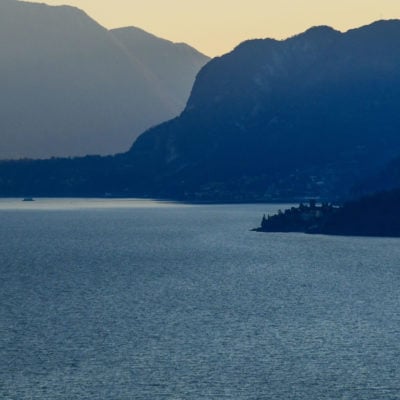
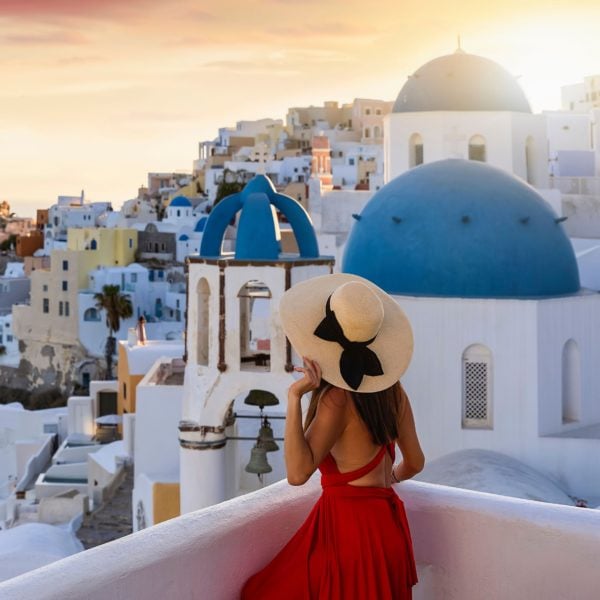
Plan with peace of mind
When you book a trip in today’s world there’s a lot to think about. But with the right advice and expert planning, you can do it with confidence.
If you book to travel with us but your plans are impacted by circumstances you can’t control, we’ll change your reservation or cancel your booking for a full credit towards future travel.





